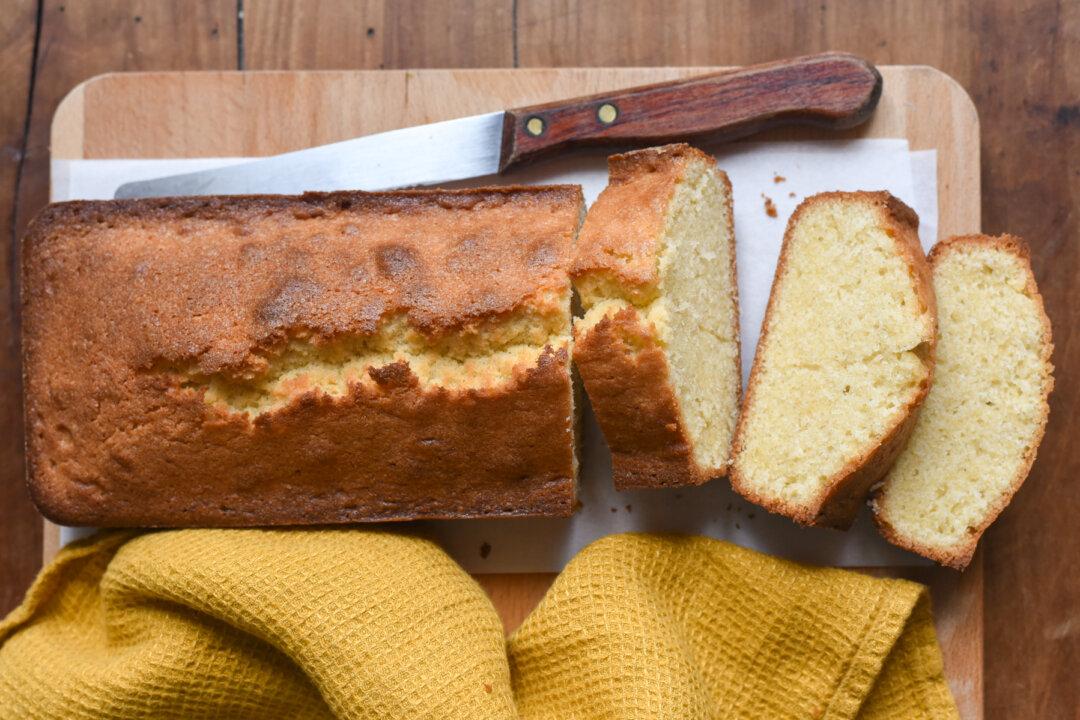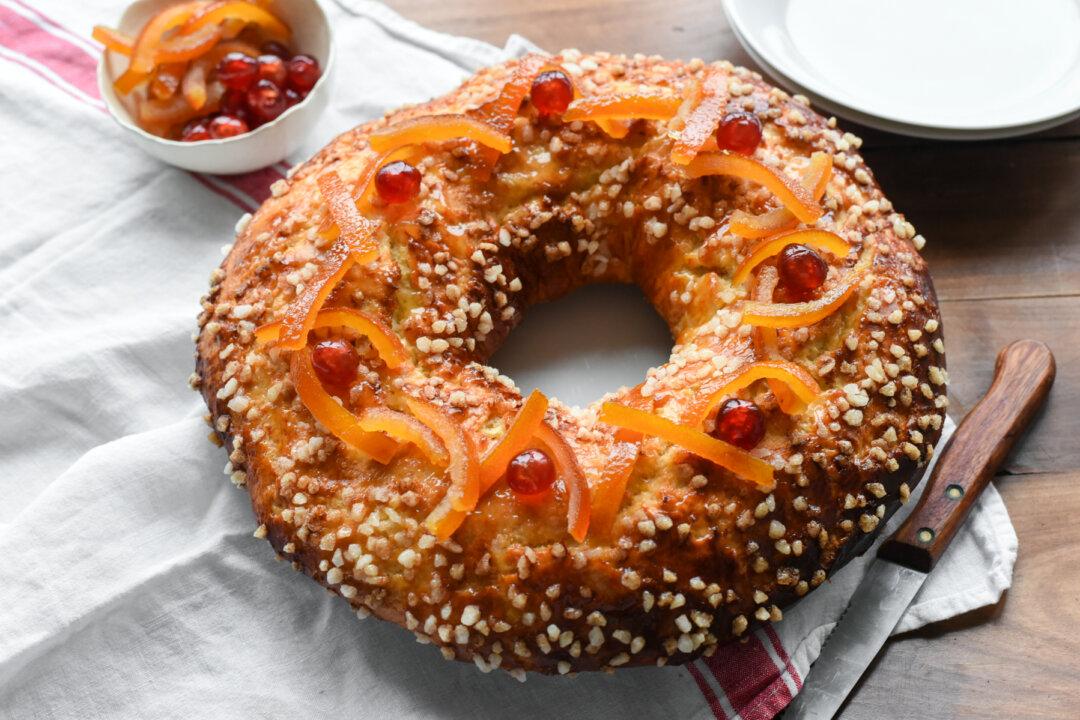In the realm of French snack cakes, the Breton pound cake reigns supreme. Also known as quatre-quarts, meaning “four quarters,” its name hints at how easy it is to make, using only four ingredients—and one extra French twist!
Originating in Brittany, in northwestern France, the quatre-quarts has, for good reason, transcended regional boundaries to become a beloved treat throughout the country. It has a moist, slightly dense crumb, and delightful buttery undertones.





